Causes of Condensation in Elastomeric Foam Pipe Insulation Systems
2025-06-19 08:54:18
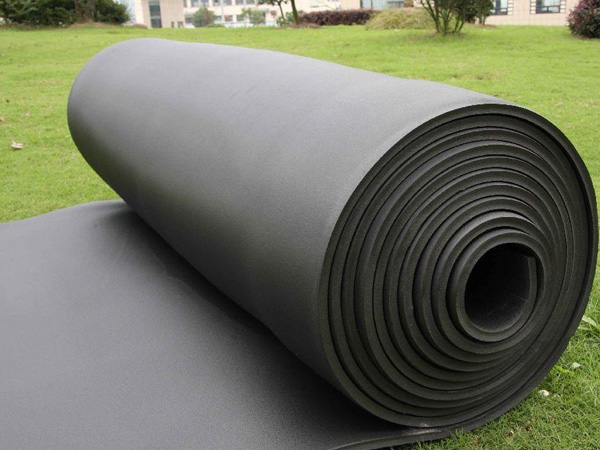
Causes of Condensation in Elastomeric Foam Pipe Insulation Systems
1. Thermal Bridging Due to Poor Installation
Gaps or Compression in insulation create cold spots where ambient moisture condenses.
Unsealed Joints allow humid air to penetrate and reach the cold pipe surface.
2. Insufficient Insulation Thickness
Inadequate R-value fails to maintain pipe surface temperature above the dew point, especially in high-humidity environments.
3. Permeation Through Material Defects
Damaged Facing Layers (e.g., foil tears) compromise vapor barriers.
Low-Density Foam with inconsistent cell structure permits slow moisture migration.
4. Ambient Conditions
High Relative Humidity (>70% RH) accelerates condensation risk.
Rapid Temperature Swings (e.g., chilled pipes in warm air) exacerbate dew point crossings.
5. Substrate Preparation Issues
Uninsulated Pipe Supports act as thermal bridges.
Corroded Pipe Surfaces with uneven temperatures promote localized sweating.
Key Prevention Measures:
Always follow ASTM C171 for seamless vapor barrier installation.
Perform dew point calculations to determine minimum required thickness (per ASHRAE guidelines).
Use self-sealing lap joints and inspect for damage before installation.
For retrofit projects, infrared thermography can identify hidden condensation points before insulation failure occurs.
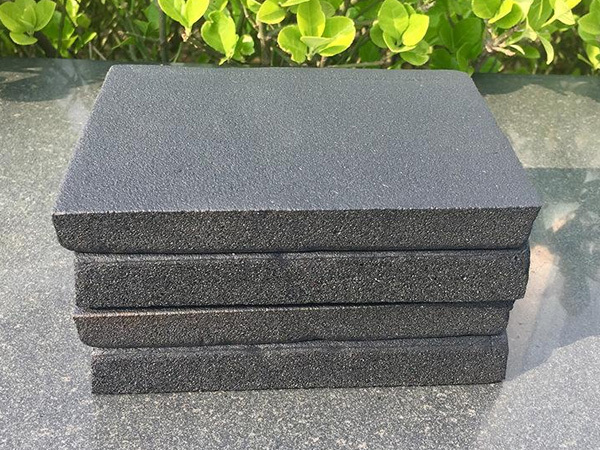
OurFlame Retardant Rubber Foamis a premium closed-cell elastomeric insulation material engi...
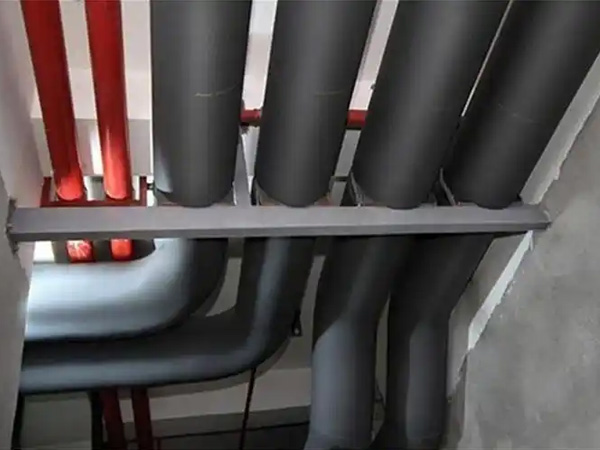
OurRubber Pipe Insulationis a high-performance solution designed specifically for HVAC pipi...
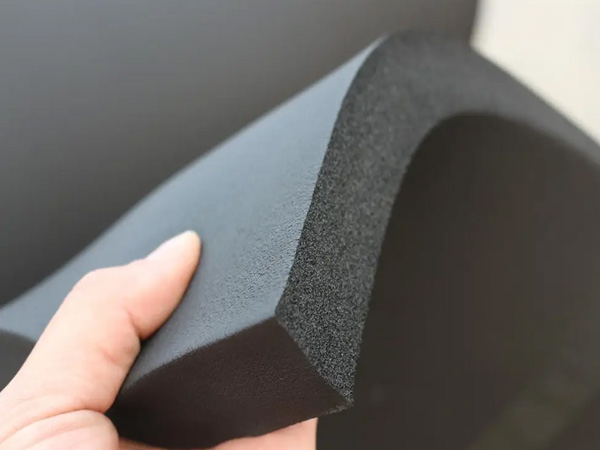
Rubber Foam Insulation Sheet – Product Introduction Premium Flexible Insulation for Therm...
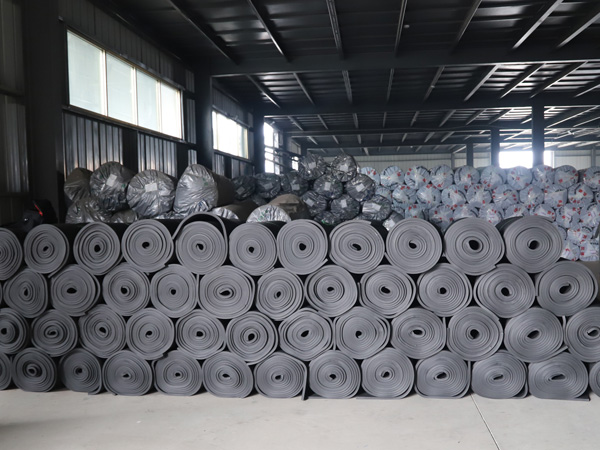
Specially engineered for refrigeration applications, ourElastomeric Rubber Insulationprovid...



